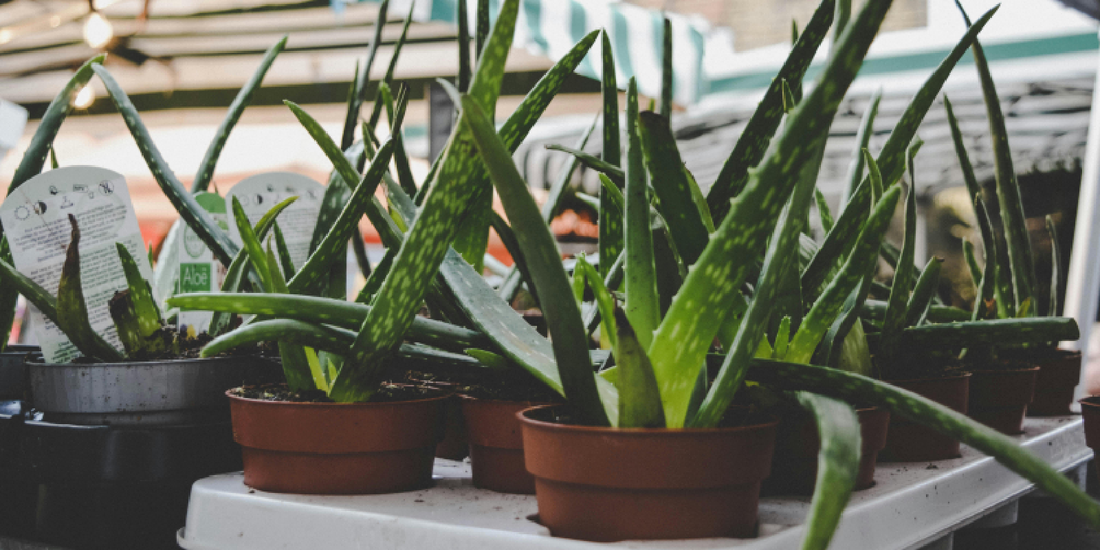
Best Plants for Low Light Indoor Spaces
Share
Indoor greenery has the power to transform even the dullest corner into a vibrant and welcoming space. But not every home or office enjoys large windows or daily sunshine. Many city apartments, basement rooms, or shaded offices face the same challenge: low light conditions. For plant enthusiasts, this can feel discouraging—yet the reality is far more optimistic.
There are many plants naturally adapted to grow in forests, under tree canopies, or shaded valleys. These species have evolved to thrive in minimal sunlight, making them the perfect companions for modern indoor living. Combined with the right plant stand and grow light system, such as the amoyls VerdantGlow S-Shaped 8-Tier Plant Shelf with Grow Lights, you can build a lush green sanctuary even in dimly lit spaces.
Understanding Low Light: Myths and Facts
Before choosing plants, it’s important to clarify what “low light” really means.
- Low light ≠ No light: Plants cannot survive in total darkness. Even the most shade-tolerant species need some indirect or artificial light.
- Window positioning matters: North-facing windows or spaces several feet away from east- or west-facing windows are typically low-light zones.
- Artificial light can substitute: Modern LED grow lights mimic the spectrum of the sun. The integrated lights on the VerdantGlow shelf provide the exact spectrum that supports photosynthesis.
- Leaf adaptations: Many low-light plants have broad, darker leaves with more chlorophyll, maximizing their ability to capture available light.
Top 20+ Best Plants for Low-Light Indoor Spaces
Here’s a comprehensive list of resilient, beautiful plants that don’t just tolerate but flourish in shade.
1. Snake Plant (Sansevieria)
Tall, upright leaves that purify the air and require minimal watering. Perfect for corners.
2. ZZ Plant (Zamioculcas zamiifolia)
Glossy, drought-tolerant, nearly impossible to kill.
3. Peace Lily (Spathiphyllum)
Blooms even in shade, improves air quality, and brings elegance to interiors.
4. Heartleaf Philodendron
Trailing vines ideal for shelves, hanging baskets, and cascading over tiers.
5. Pothos (Golden Pothos, Marble Queen, Neon Pothos)
Versatile, fast-growing, and available in multiple striking varieties.
6. Cast Iron Plant (Aspidistra elatior)
Known for surviving neglect, low humidity, and poor light.
7. Chinese Evergreen (Aglaonema)
Colorful foliage options with silver, red, or pink patterns.
8. Ferns (Boston, Bird’s Nest, Maidenhair)
Add softness and thrive with humidity and indirect light.
9. Parlor Palm
Compact, slow-growing palm ideal for office desks or living room shelves.
10. Dracaena Marginata
Spiky leaves, architectural presence, and highly adaptable.
11. Lucky Bamboo
Symbolic, low-maintenance, and thrives in water jars or soil.
12. Spider Plant (Chlorophytum comosum)
Produces “baby” offshoots and tolerates inconsistent care.
13. Monstera Adansonii
Smaller cousin of Monstera deliciosa, tolerates shaded corners well.
14. Calathea (Prayer Plant)
Striking patterned foliage, thrives in humidity and shade.
15. Dieffenbachia (Dumb Cane)
Large, variegated leaves brighten darker spaces.
16. Fiddle Leaf Fig (Ficus lyrata – dwarf varieties)
Though it prefers medium light, it adapts to lower conditions when supplemented with grow lights.
17. Rubber Plant (Ficus elastica)
Glossy, dark leaves that handle shade better than many other trees.
18. Syngonium (Arrowhead Plant)
Compact, adaptable, and available in green or pink tones.
19. Alocasia Polly (African Mask Plant)
Exotic leaf patterns thrive under moderate to low light with proper humidity.
20. Mosses and Small Terrariums
Perfect for closed-glass environments with very little light.
How to Care for Low-Light Plants
- Water sparingly: Overwatering is the #1 killer in shade.
- Dust leaves: Clean regularly to help them absorb light efficiently.
- Supplement with grow lights: The VerdantGlow stand ensures balanced exposure.
- Rotate pots: Even distribution prevents one-sided growth.
- Group plants for humidity: Placing several plants together creates a microclimate.
Room-by-Room Plant Ideas
- Living Room: Snake plant + ZZ plant + pothos vines on the shelf tiers.
- Bedroom: Peace lily for air quality, calathea for soft aesthetics.
- Office: Parlor palm, rubber plant, and spider plant for productivity.
- Bathroom: Ferns, mosses, and philodendrons thrive in humidity.
Styling with the amoyls VerdantGlow Shelf
The S-shaped 8-tier design is not just functional but decorative.
- Vertical jungle look: Mix large-leaf dracaena at the base, trailing pothos in the middle, and compact ferns at the top.
- Scandinavian minimalism: Stick to monochrome plants like snake plant + rubber plant.
- Color accents: Use aglaonema with red edges or calathea with purple undersides to create visual pops.
The integrated full-spectrum grow lights eliminate the biggest challenge of shaded interiors: insufficient sunlight.
Frequently Asked Questions (FAQ)
Q: Can plants survive with no sunlight at all?
A: No. Even low-light plants need at least artificial light. The VerdantGlow shelf ensures this.
Q: How often should I water low-light plants?
A: Typically every 2–3 weeks, but always check the soil first.
Q: Which plants are safest for pets?
A: Spider plants, calatheas, and parlor palms are non-toxic. Avoid dieffenbachia and peace lilies if you have cats or dogs.
Q: Can I grow herbs in low light?
A: Yes, but with grow lights. Parsley, mint, and chives adapt well.
Conclusion
Low-light conditions don’t have to limit your indoor gardening dreams. With the right selection of plants and a supportive system like the amoyls VerdantGlow S-Shaped 8-Tier Plant Shelf with Grow Lights, you can create a lush oasis in any corner. From air-purifying snake plants to colorful aglaonemas, the possibilities are endless.
Transform your shaded rooms into thriving indoor gardens—because even in the dimmest corners, life can flourish.
